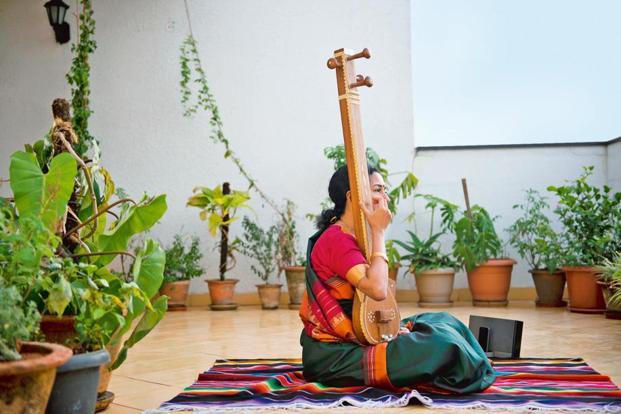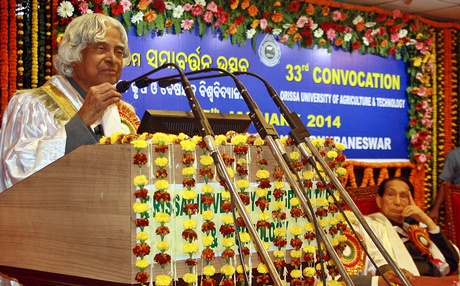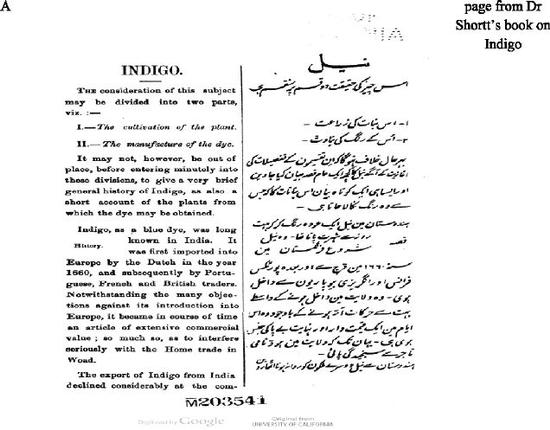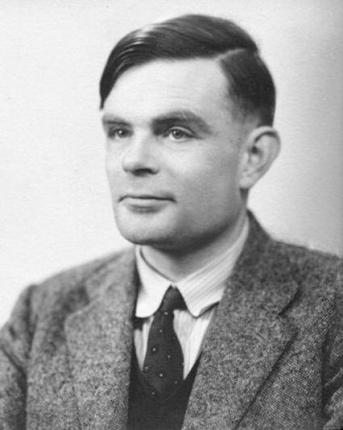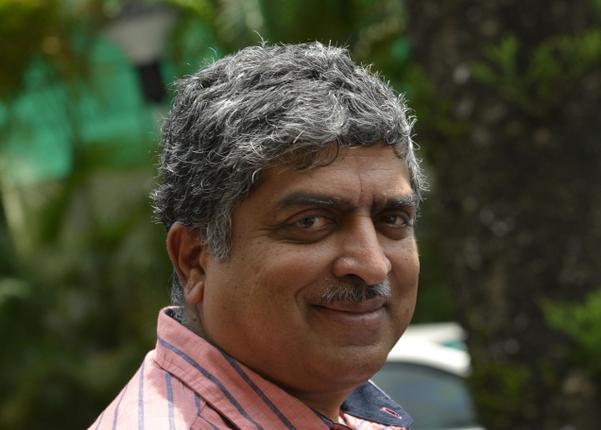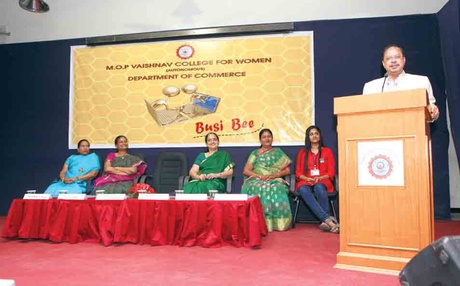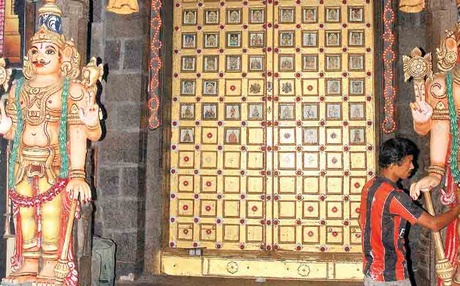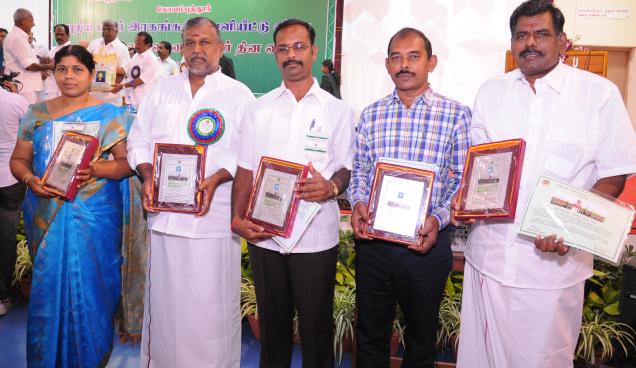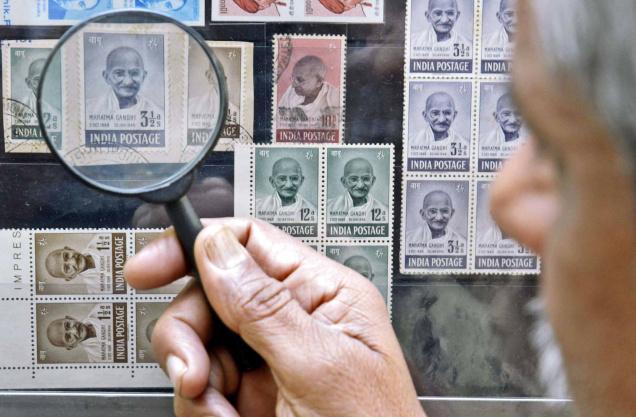
Philately still holds considerable charm, not just as a hobby but also as an investment
It was Bhaskara Sethupathy (1868 to 1903), the raja of Ramnad, who sponsored Swami Vivekananda’s visit to Parliament of the World’s Religions, Chicago. Philatelist C. Selvaraj learnt about this as he built up his stamp collection on Sethupathy. “These stamps were issued in 2004. I bought a full sheet of 40 stamps for Rs. 700 at a philately exhibition in Pune. Along the way I brushed up my history too. More recently, I bought another sheet for Rs.900. The dealer originally quoted Rs.1,500 for but agreed to sell it for less. It’s a buyer’s market and is the right time to build your collection,” he explains.
Stamp collecting as a hobby is far from over, say philatelists in the city. It is actively pursued and is an investment option.
A. Ramalingam, a retired tailor, has been collecting stamps for four decades. “I took to it in my school days, and now the stamps are an asset, an investment worth many lakhs. From the Gandhi stamp issued in 1947 to the recent one of Ekalavya in December 2013, I have them all,” Ramalingam says with pride. Pointing to a rare stamp of Gandhi issued in Rs.10 denomination in 1948, he says, “It costs over Rs.30, 000 now.” His son A. Suresh continues to add to the collection.
Selvaraj participates in philately and coin exhibitions across the country. He has commemorative stamps (mint or unused) based on the theme of Tamil Nadu. “The postal department issued about 2,500 commemorative stamps from 1947 to 2013. I have the entire collection that includes stamps on buildings such as the High Court, churches, mosques, personalities such as MGR, Sivaji Ganesan and Gemini Ganesan, and freedom fighters,” he says.
Commemorative stamps are significant because they are limited in numbers. “In the 70s and 80s when our economy flourished, more such stamps were issued, often over 10 lakhs. That was also when philately and coin collection picked up. Now, for example, if they issue commemorative stamps of Sivaji Ganesan, they are fewer and so always in demand,” says Selvaraj.
Philatelists say investing in stamps should be done with care. There are catalogues issued by philatelic clubs that list the stamps along with their value for buying and selling. Now, thousands of philatelic transactions take place everyday on eBay and online auctions. Collectors from around the world meet online regularly, discuss and exchange stamps.
A. Nazeer Ahamed who runs a medical shop logs on to websites to update his knowledge on stamps. He has collected stamps for 20 years. “Youngsters approach us regularly for guidance,” he says.
He has commemorative stamps, stamps that never got cancelled, and some notable ones such as one of Beghum Akthar (1993) and water birds (1944) that were issued in soluble ink. “Because the soluble ink affected the quality of the stamps, the postal department withdrew them. Now, they are rare. I also have stamps on Rajkumar Shukla (2000) that was issued in limited numbers.”
Nazeer also has a postal department theme, “My stamp or nam thabaal thalai’. “ You can add a photograph of your family member, friends and relatives along with the stamp. I got it done for a number of children in my locality. They were hooked to the hobby,” he smiles.
Selvaraj also has a set of 263 coins in copper nickel and silver, the British India coins issued between 1835 and 1947. Rajagopal’s special set of coins include Rs.75, Rs.60, and Rs.100 denomination. The latest is the Rs.1,000 Tanjore coin issued on the Bragadeeshwarar temple. He says: “The hobby is enriching and keeps you away from bad habits.”
The Philatelists, Coimbatore
The Philatelists, Coimbatore was started in 1977 by a group of seven dedicated philatelists and currently has 80 members. The annual membership fee is Rs. 200. P.R. Krishnan, its secretary and founding member says: “Thirty years before, stamp collection was a popular hobby among school children as most schools had a Nehru Stamp Club. Now, the scene has changed. Parents don’t encourage children anymore to pursue the hobby. Video games and TV have distracted the children. They are constantly on Facebook. In order to get them interested in philately, we conduct a two-day workshop, where we teach school children the rudiments of stamp collections. It is sad that India has only around 50,000 stamp collectors, whereas a country like China has 10 million of them. In the 1950s, 10 sets of Gandhi Stamps cost just Rs.173. Today, they are valued at over two lakhs. Also, nine sets of first day covers that cost a few hundreds are now over Rs.11 lakh.
A noble pursuit
George V was an ardent stamp collector and the top 10 rich people of the world such as the Sultanate of Brunei, Queen Elizabeth, Princess of Monaco and Princess of Spain have a number of investment portfolios. One of them is stamps. That’s why it’s called the hobby of the kings. To join Philatelists, e-mail: prkrish77@gmail.com
source: http://www.thehindu.com / The Hindu /Home> Features> MetroPlus> Society / by K. Jeshi / Coimbatore – January 09th, 2014
